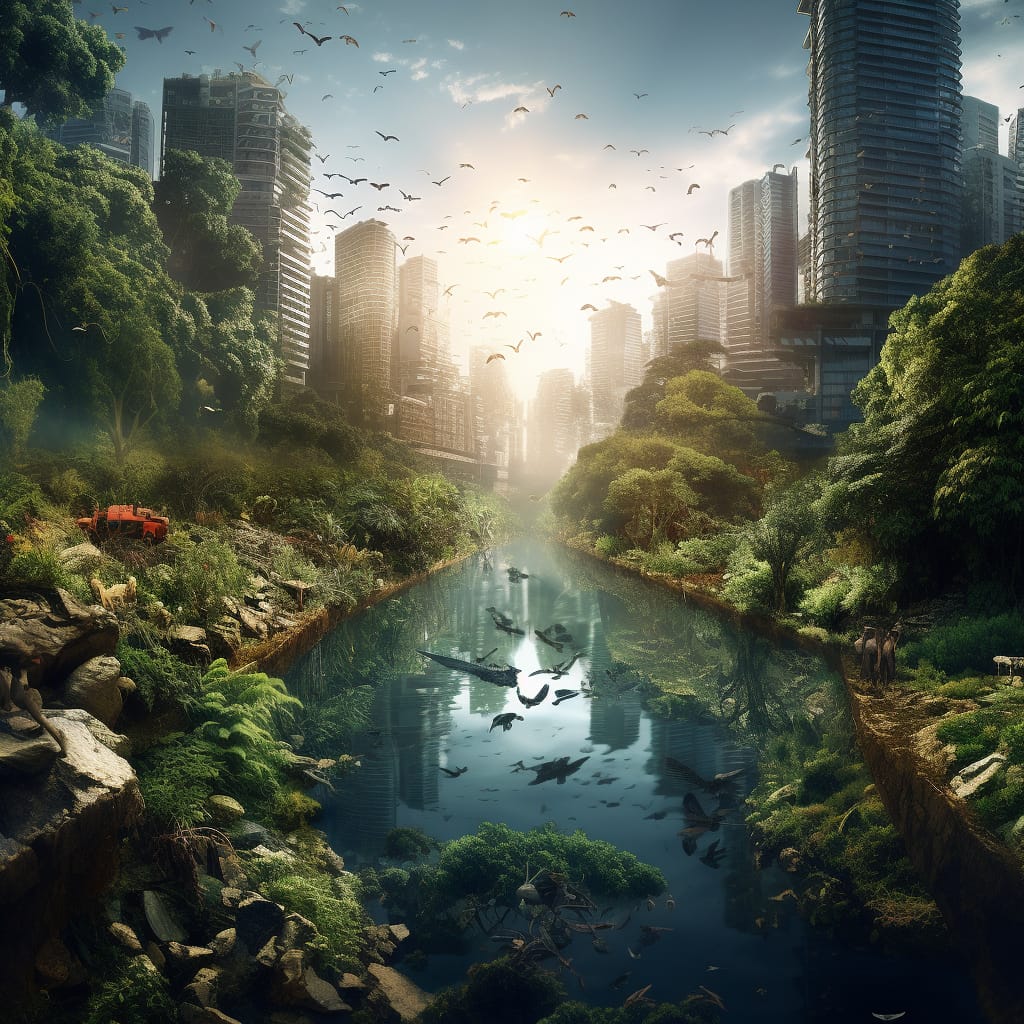Urbanization vs. Biodiversity: The Startling Impact Revealed!

Urbanization vs. Biodiversity: The Startling Impact Revealed!
The relentless expansion of urban areas has transformed the global landscape, but what does it mean for biodiversity? As cities grow, they encroach upon natural habitats, disrupt ecosystems, and threaten the delicate balance of biodiversity. In this article, we uncover the startling impact of urbanization on biodiversity and explore the challenges and solutions to foster coexistence between urban development and the preservation of natural ecosystems.
1. Habitat Loss and Fragmentation
Urbanization leads to the destruction and fragmentation of natural habitats, which directly affects biodiversity. As cities expand, they encroach upon forests, wetlands, and other critical ecosystems, resulting in the loss of essential habitats for numerous plant and animal species. Fragmentation further isolates populations and reduces genetic diversity, making species more vulnerable to extinction.
2. Altered Ecosystem Dynamics
Urban environments have distinct characteristics that differ from natural ecosystems. The introduction of impervious surfaces, artificial lighting, and altered hydrological systems can disrupt the natural balance of ecosystems. These changes can affect wildlife behavior, migration patterns, and species interactions, ultimately impacting biodiversity and ecological processes.
3. Threats to Wildlife
Urbanization poses various threats to wildlife, such as habitat degradation, pollution, and increased human-wildlife conflicts. Many species struggle to adapt to urban environments, leading to population declines and local extinctions. Urban planning that incorporates wildlife corridors, green spaces, and nature-friendly infrastructure can help mitigate these threats and promote coexistence.
4. Conservation Efforts and Urban Planning
Recognizing the importance of preserving biodiversity in urban areas, conservation efforts and urban planning strategies are being implemented worldwide. These initiatives focus on creating green infrastructure, protected areas, and promoting sustainable urban development practices. By integrating nature into cities, we can enhance biodiversity, improve quality of life, and provide ecosystem services.
5. Community Engagement and Education
Engaging communities in biodiversity conservation and raising awareness about the value of urban nature are crucial components of preserving biodiversity. Community-led initiatives, citizen science projects, and educational programs can empower individuals to take an active role in urban conservation efforts and foster a sense of stewardship towards local ecosystems.
Urbanization and biodiversity conservation are intertwined challenges that require a balance between human needs and ecological sustainability. By understanding the impact of urbanization on biodiversity and implementing proactive measures, we can create cities that thrive alongside the natural world, ensuring a harmonious future for both urban dwellers and the incredible array of species that call our cities home.
Sources: IUCN, Nature, ScienceDirect, NCBI, UNEP